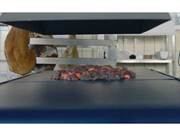
The food industry in Norway prioritizes flexible robotic automation as means to be able to cope with the high biological variation in food raw material and to maximize the raw material...

The food industry in Norway prioritizes flexible robotic automation as means to be able to cope with the high biological variation in food raw material and to maximize the raw material...

One of the greatest challenges in robotics today is the contact processing of a robot with an object and dexterous handling of compliant objects. This is particularly emphasized when it comes to...
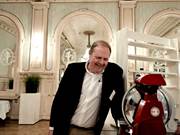
Dr. Odd Myklebust of SINTEF and NTNU, expert in innovation management, was hired to kick the Kickoff off with an outside perspective, from another industry. Norwegian food production can be among...

This creature is ready to be tested and trained in the Trondheim Fjord. Photo: Eelume Standard The Åsgard oil and gas field off the Norwegian coast is between 240 and 310 metres deep. The...
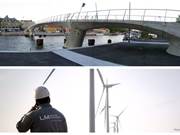
Bridges constructed with fibre reinforced polymers (composites) may become a familiar sight in Europe if a new pan-European research project achieves its objectives. The project also aims to...
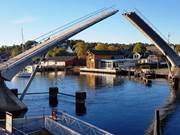
They are lightweight, strong, and resistant to corrosion and decay. In the future, bridges in Norway could be made of fibre-reinforced plastic elements, which extend their lifespans and reduce...
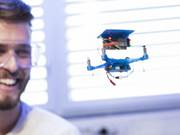
Researcher Jackob Høgenes at SINTEF Digital is working with drones - however, this one only flies indoors. Photo: Werner Juvik / SINTEF. Standard Developments in technology will leave their mark...
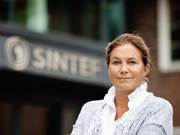
SINTEF made a pre-tax profit of NOK 234 million in 2017. This is SINTEF’s best financial result ever. Gross operating revenue was NOK 3.24 billion. The ordinary operating profit was NOK 206...

By using a new concept for CO2 capture employing renewable heat recovery technology, the energy requirement for CO2 capture from cement plants is reduced by three quarter,s as shown by...
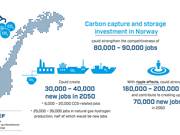
SINTEF, in collaboration with NTNU, has completed a study entitled “Industrielle muligheter og arbeidsplasser ved storskala CO2-håndtering i Norge” (Industrial opportunities and employment...

Continuous technological development is making solar-generated electricity increasingly less expensive. Some of this development is taking place in Norway. Photo: Carl Attard (Pexels) Standard...

International standards are critical to an international business like shipping. SINTEF Ocean contributes extensively to development of international standards within navigation and...

The Norwegian metal industry must incorporate gas into its processes, if the industry is to reach its target of zero emissions by 2050, scientists at SINTEF and NTNU claim. Last year, the...
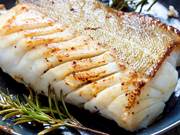
The taste of really fresh fish can only be experienced from shops for two to three months during the winter. But new handling methods can change all this and provide us with the best quality all...
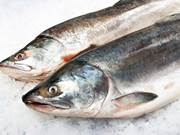
To address specific challenges facing the food system and food value chains in Europe, SINTEF Ocean along with 21 international partners from Europe and Asia, have kick started the EU Horizon2020...
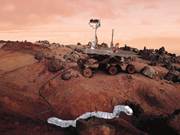
The picture shows an imaginary snake robot on Space Station – on the way to inspect anything for the astronaut. Illustration: Shutterstock/SINTEF. Three years ago SINTEF was investigating whether...

Lars Hovdahl inspects SINTEF's new CO2 capture facility at Tiller outside Trondheim. Photo: Thor Nielsen Norway has institutions and specialist communities that work closely with everything...

One of the alternative news sites that is being monitored by Petter Bae Brandtzæg, a researcher and social media expert at SINTEF, is the norwegian Facebook page “Politisk ukorrekt info”...

Most ship owners are now looking very closely at the benefits that digitalization can bring in operational gains. This applies to the commercial as well as the technical activities. iShipping...

The world’s first special ship for cargoes of liquid hydrogen is already being built. SINTEF researchers have evaluated a number of solutions, and concluded that Svalbard, which currently obtains...